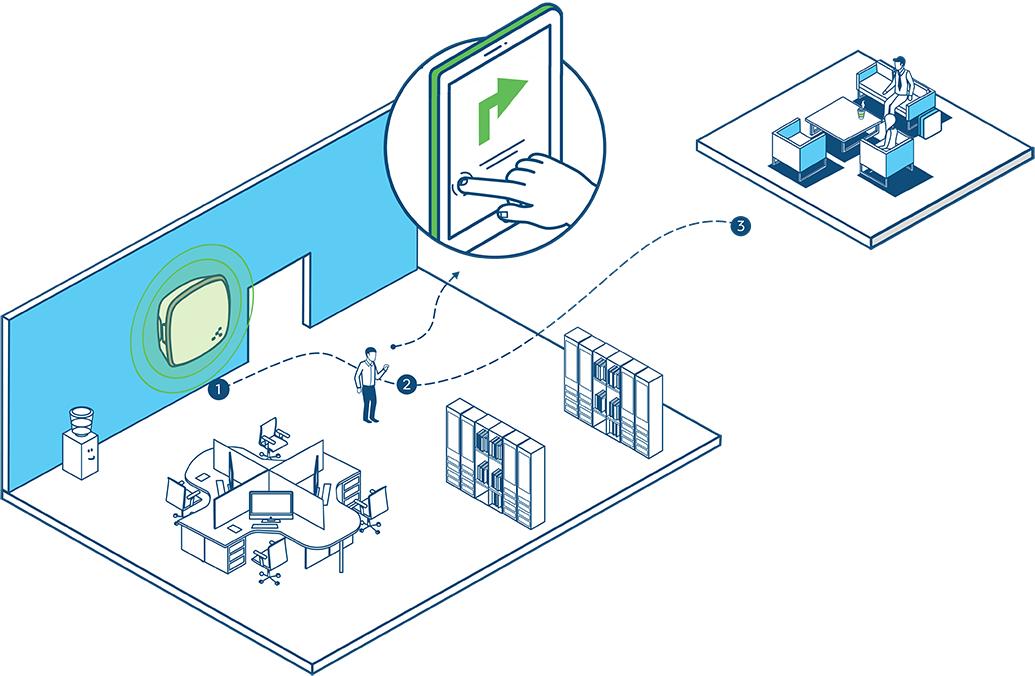
BLE Beacons are an excellent solution for many internet of things applications, as they allow low energy sensors to transmit data without requiring a lot of power. Beacons work by sending out a signal that nearby devices can detect, allowing navigation and proximity measurement. The use of BLE Beacons also allows for identification and authentication of nearby devices and energy efficiency. Beacons are available in different types, such as iBeacon, Eddystone, Estimote etc., that have different characteristics depending on the usage scenario.
Beacons are small wireless transmitters that use Bluetooth technology to broadcast data over short distances. Beacons have been around for some time. BLE beacons are much more energy efficient than previous Bluetooth devices and allow them to run on a single battery for up to two years. BLE beacons can be used in many scenarios such as retail stores, transportation, healthcare and more. Retailers require beacons to send signals to shoppers when they are within reach of a beacon.
Bluetooth beacons allow beacon applications to be developed and used with a single beacon device, or more than one. Beacons can be used to find smartphones and software, and to use signal power data to triangulate a user’s position and determine their distance from the device. Beacons are also used for relative location, which means they can specify an exact location but cannot send any other data types. This helps retailers to identify local names, store locations, proximity or the type and number of the beacon. Retailers can also use beacons to send rudimentary data such as alerts, vouchers or offers that are tailored specifically for shoppers within range of the beacon.
This is made possible by a simple phone app that can detect signals from the beacon. Beacons are small wireless devices, usually no larger than a USB drive, that use Bluetooth technology to communicate with smartphones. The Bluetooth devices transmit signal that enables it to be detected by other devices, such as smartphones. Smart beacons are able to provide more complex location tracking and can even be used as Wi-Fi access points for phones and other devices.
The receiver software or application is used to detect and read the beacons. Once a beacon is discovered, the receiver can then download a third party application that can use beacon technology to set up a remote identification solution. This allows your smartphone or other mobile devices, such as tablets, to send data back and forth from your server or even PC dongle to the end user’s mobile device. Thus, using BLE scanners on smartphones and tablets, and BLE receivers with their own dedicated receiver software applications allow you to accurately identify users in order to provide them with personalized services.
Ble beacons are a more common Bluetooth protocol based on the standard Bluetooth power and use very little power. The Bluetooth 4.0 low energy standard operates beacons, which are powered devices, and send less data at slower speeds than the classic Bluetooth version. This results in a reduction of energy consumption of up to 15-50%, making them ideal for applications where battery life is important.


